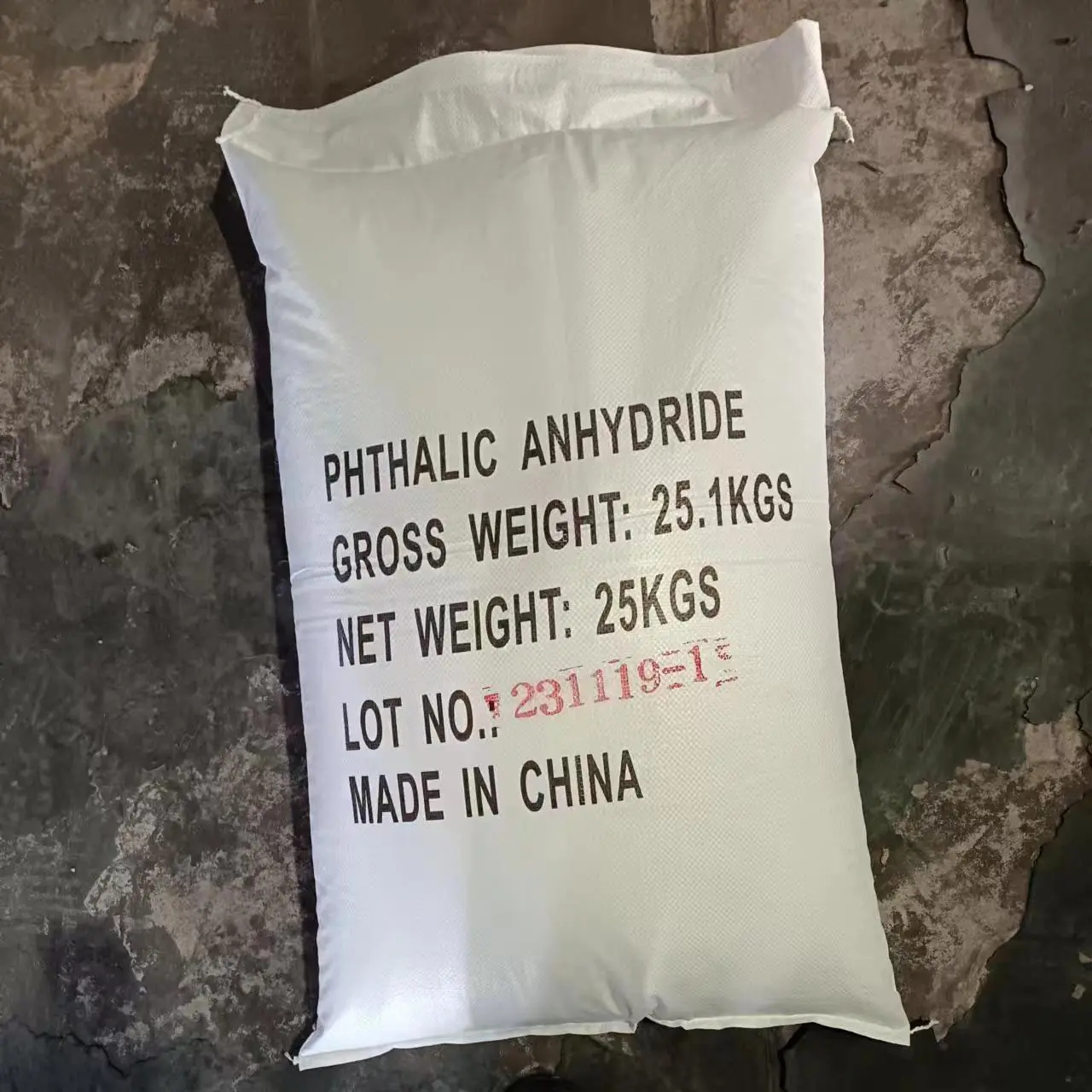Phthalic anhydride is a crucial chemical compound used in the production of various products, such as plasticizers, dyes, and resins. In recent years, there has been a growing interest in understanding the latest information on phthalic anhydride, including its production, applications, and potential environmental and health concerns. This blog aims to provide an overview of the current state of knowledge on phthalic anhydride and its implications.
Production of Phthalic Anhydride
Phthalic anhydride is primarily produced through the oxidation of o-xylene or naphthalene. The majority of phthalic anhydride production utilizes the oxidation of o-xylene, which involves the use of a catalyst and high temperatures. This process generates a significant amount of heat and releases carbon dioxide as a byproduct. With the growing demand for phthalic anhydride, there is an increasing need to develop more sustainable production methods to minimize environmental impact.
Applications of Phthalic Anhydride
Phthalic anhydride is a versatile compound that is utilized in various industries. One of its primary uses is in the production of plasticizers, which are added to plastics to improve flexibility and durability. Additionally, phthalic anhydride is used in the manufacture of dyes and pigments, as well as in the production of unsaturated polyester resins. The wide range of applications for phthalic anhydride highlights its importance in the manufacturing sector and underscores the need for sustainable and responsible use of this compound.
Environmental and Health Concerns
Despite its widespread use, phthalic anhydride has raised concerns regarding its potential environmental and health impact. The production and use of phthalic anhydride can lead to the release of hazardous air pollutants, such as volatile organic compounds (VOCs) and greenhouse gases. Additionally, prolonged exposure to phthalic anhydride has been associated with respiratory and skin irritation, as well as potential reproductive and developmental effects. It is essential for industry stakeholders and regulators to address these concerns and implement measures to mitigate the environmental and health risks associated with phthalic anhydride.
Future Perspectives
As the demand for phthalic anhydride continues to grow, there is a pressing need to explore sustainable alternatives and technological advancements in its production and use. Efforts to develop greener and more efficient production processes, as well as the exploration of bio-based sources for phthalic anhydride, are crucial in minimizing its environmental impact. Furthermore, the adoption of stringent regulatory frameworks and industry standards can help ensure the safe handling and use of phthalic anhydride.
In conclusion, the latest information on phthalic anhydride highlights its significance in various industries and the need to address its environmental and health concerns. It is imperative for stakeholders to collaborate in advancing sustainable practices and technologies to minimize the impact of phthalic anhydride on the environment and human health. By staying informed and proactive, we can work towards a more responsible and sustainable utilization of phthalic anhydride in the years to come.
Post time: Jan-29-2024









